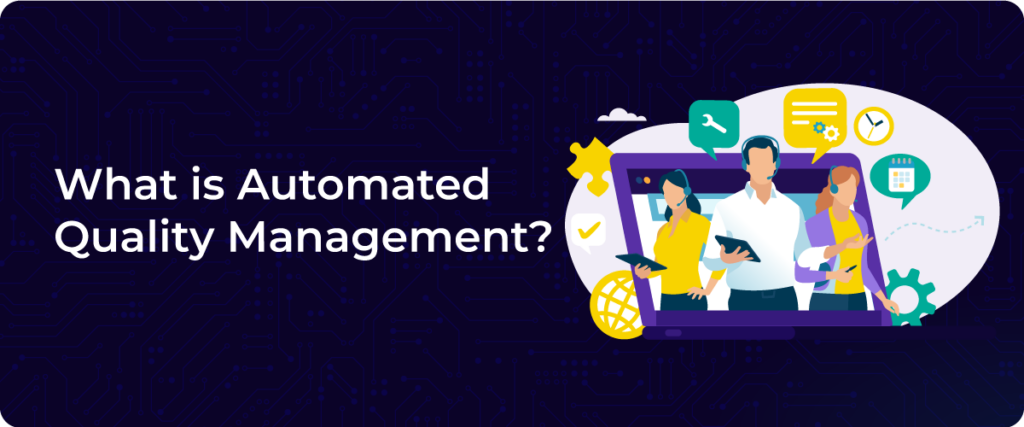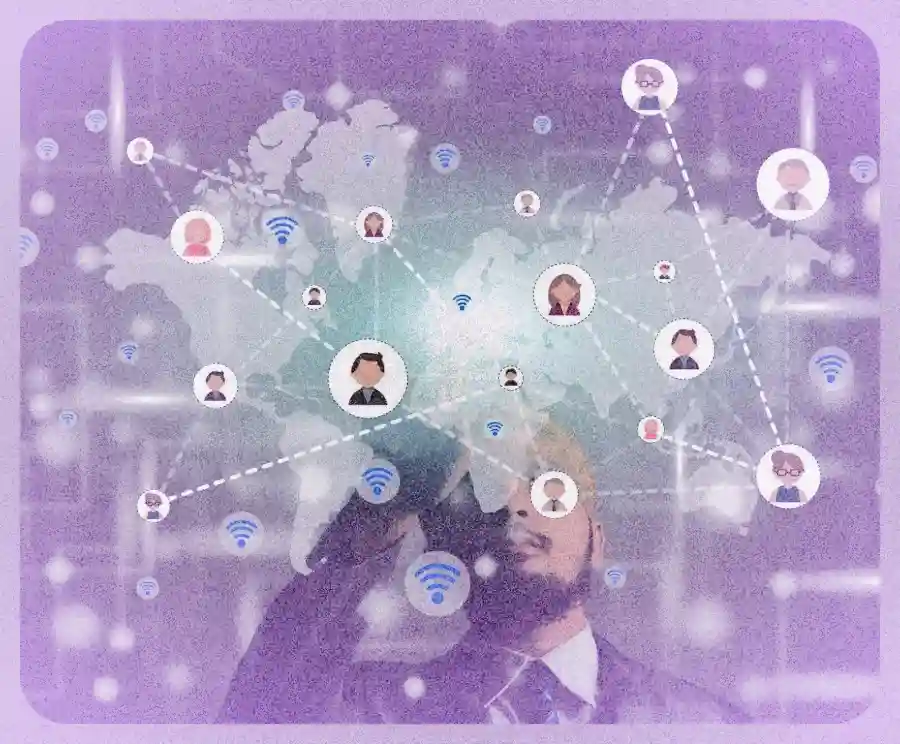According to Glance, 78% of customers have backed out of a purchase due to a poor customer service or experience.
Poor customer service can be a major stumbling block, leaving customers dissatisfied and businesses struggling to recover. But there’s a solution! This guide provides clear strategies to tackle service issues head-on, ensuring smoother interactions and better customer experiences.
Table of Contents:
- Understanding Poor Customer Service
- 15 Warning Signs of Poor Customer Service
- The Ripple Effects of Poor Customer Service
- How to Transform Poor Customer Service
- Creating a Service Recovery Plan
- Conclusion
- Frequently Asked Questions (FAQs)
Understanding Poor Customer Service
Poor customer service occurs when businesses fail to meet customer expectations, leading to frustration and dissatisfaction. It often stems from untrained staff, ineffective communication, or outdated systems, creating a disjointed and unpleasant customer experience. Recognizing the signs of poor service is crucial to addressing these issues effectively.
Key characteristics of bad customer service include delayed responses, a lack of empathy, and inconsistent service quality. Customers may face robotic, scripted interactions or unhelpful solutions, leaving their concerns unresolved. Such experiences not only frustrate customers but also damage a brand’s reputation.
Common scenarios like long wait times, frequent call transfers, or rude behavior can further aggravate customers. Providing inaccurate information or neglecting follow-ups adds to their frustration.
Identifying these scenarios helps businesses take corrective actions to create smoother, more professional interactions. Find out these crucial moments using ConvoZen.AI. Click here for a demo now.
15 Warning Signs of Poor Customer Service
Employee Behavior Indicators
1. Lack of Product/Service Knowledge:
Employees who cannot answer basic customer questions or provide accurate information demonstrate poor preparation.
Example: A customer asks about a product warranty, and the staff responds, “I’m not sure, let me check,” but never follows up.
2. Showing Visible Frustration or Indifference
Employees display impatience, sigh, or roll their eyes when dealing with customer concerns.
Example: An agent visibly hurries through a call, ignoring the customer’s questions and ending the conversation abruptly.
3. Avoiding Customer Interaction
Staff actively avoid engaging with customers, whether by ignoring calls, emails, or customers in-store leading to below par customer service.
Example: A customer stands at a counter waiting for assistance, and employees continue chatting among themselves.
4. Failing to Follow Up on Promises
Commitments made to customers, such as callbacks or issue resolution, are not fulfilled.
Example: Promising to escalate a complaint but never taking further action or informing the customer.
Communication Breakdown Signs
5. Excessive Transfer of Customers Between Departments
Customers are repeatedly transferred without resolution, increasing frustration.
Example: A caller seeking technical support is passed between three different departments before reaching the right one.
6. Long Response Times to Inquiries
Delays in replying to customer calls, emails, or chats reflect inefficiency.
Example: A customer sends an email and receives a reply days later, long after the issue has escalated.
7. Inconsistent Information Across Channels
Different agents or support channels provide conflicting answers to the same query.
Example: An online support team says a refund will be processed in 3 days, while a phone agent says it will take 7 days.
8. Poor Listening Skills and Interrupting Customers
Agents interrupt customers or fail to listen, leading to misunderstandings and poor customer service.
Example: A customer explains an issue, but the agent interrupts with a scripted response unrelated to the concern.
System and Process Issues
9. Complicated Return/Refund Processes
Returns or refunds involve unnecessary steps, frustrating customers.
Example: A customer is required to fill out multiple forms and wait weeks for a refund.
10. Outdated or Malfunctioning Support Systems
Inefficient systems delay issue resolution and irritate customers.
Example: A support system crashes during peak hours, causing calls to drop.
11. Lack of Clear Protocols for Handling Complaints
Ambiguous processes lead to inconsistent resolutions.
Example: An employee is unsure whether to offer a replacement or refund for a defective product.
12. Limited Communication Channels
Customers are unable to reach support via their preferred channel thus being forced to choose one leading to dissatisfaction.
Example: A business offers only email support when customers expect live chat or phone options.
Customer Feedback Patterns
13. Recurring Negative Reviews Mentioning the Same Issues
Customers repeatedly highlight the same problems in reviews or surveys.
Example: Multiple reviews complain about rude staff or unresolved complaints.
14. Declining Customer Satisfaction Scores
Falling CSAT scores indicate growing dissatisfaction among customers.
Example: A quarterly survey shows a consistent drop in satisfaction ratings over time.
15. Increasing Customer Churn Rate
A rising number of customers stop using the service or switch to competitors.
Example: A subscription-based company notices a sharp increase in cancellations due to poor support experiences.
The Ripple Effects of Poor Customer Service
Bad customer service is more than just an isolated issue—it creates a domino effect that can disrupt multiple aspects of a business, from finances to employee well-being. Addressing its consequences is essential to safeguarding long-term success.
1. Financial Impact
Poor customer service results in lost revenue and increased costs to replace churned customers. The expense of handling escalated complaints further impacts profitability.
2. Brand Reputation Damage
Negative reviews and social media backlash quickly tarnish a brand’s image. Trust erodes, making it harder to attract and retain customers.
3. Employee Morale
Frequent complaints and unclear processes frustrate employees, leading to burnout and high turnover rates. This reduces overall service quality.
4. Customer Loyalty Loss
Dissatisfied customers leave for competitors, weakening relationships and making it harder to rebuild trust.
How to Transform Poor Customer Service
Transforming unsatisfactory customer service is essential for businesses aiming to thrive in a competitive market. By addressing key areas like employee training, communication, systems, and empowerment, companies can turn service challenges into opportunities for growth.
1. Effective Training
Provide agents with comprehensive training to improve product knowledge and customer handling skills. Ongoing learning ensures they can adapt to evolving customer needs.
2. Streamlined Communication
Establish clear protocols for handling inquiries and ensure consistent messaging across all channels. This reduces confusion and improves customer satisfaction.
3. Upgraded Systems
Invest in modern support tools and technologies to simplify processes. Efficient systems enable quicker resolutions and better customer experiences.
4. Empowered Employees
Give employees the authority to make decisions and resolve issues. Empowered teams deliver faster solutions and build stronger customer relationships.
Creating a Service Recovery Plan
A service recovery plan is crucial for addressing poor customer service and restoring trust. The first step is to define bad customer service and identify specific failures that need attention. From there, you can take immediate action to address the issues, ensuring the customer’s concerns are resolved quickly.
Writing a thoughtful and sincere letter of apology to a customer for poor customer service helps repair the relationship. The apology should acknowledge the mistake, offer a solution, and reassure the customer that steps are being taken to prevent future issues.
A simple template for a sincere letter of apology to a customer for poor customer service would be the following
An implementation timeline is essential to ensure recovery actions are taken swiftly and efficiently. Set clear deadlines for resolving the issue and improving processes to prevent recurrence.
Finally, measuring improvements is key to evaluating the success of the recovery plan. Track customer feedback, satisfaction scores, and the effectiveness of new processes to ensure long-term customer loyalty and service excellence.
Conclusion
In conclusion, addressing poor customer service is not just about fixing mistakes but about rebuilding trust and creating lasting positive experiences. By implementing a well-thought-out recovery plan, businesses can turn service failures into opportunities for improvement and growth.
HubSpot states that 93% of customers are likely to make repeat purchases with companies that offer excellent customer service. Thus businesses must start focusing on customer service.
With ConvoZen.AI, transforming your customer service becomes seamless. From real-time sentiment analysis to predictive insights, our platform empowers your team to handle challenges efficiently and deliver exceptional experiences.
Take the next step toward customer service excellence with ConvoZen.AI—where innovation meets customer satisfaction.
Frequently Asked Questions (FAQs)
1. How do you identify poor customer service in your organization?
Identify it through customer complaints, recurring negative feedback, and declining satisfaction scores. Regularly tracking key metrics helps pinpoint issues.
2. What is the average cost of poor customer service to businesses?
Poor service can cost businesses billions annually due to lost customers, reduced sales, and reputational damage. The exact cost varies by industry and scale.
3. How long does it take to transform poor customer service?
Transforming customer service often takes 3–6 months of focused effort, depending on the issues. Consistent monitoring and improvements are key.
4. What are the most effective ways to apologize for poor service?
Acknowledge the issue, express sincere regret, and offer a resolution. Follow up to ensure customer satisfaction and prevent recurrence.


